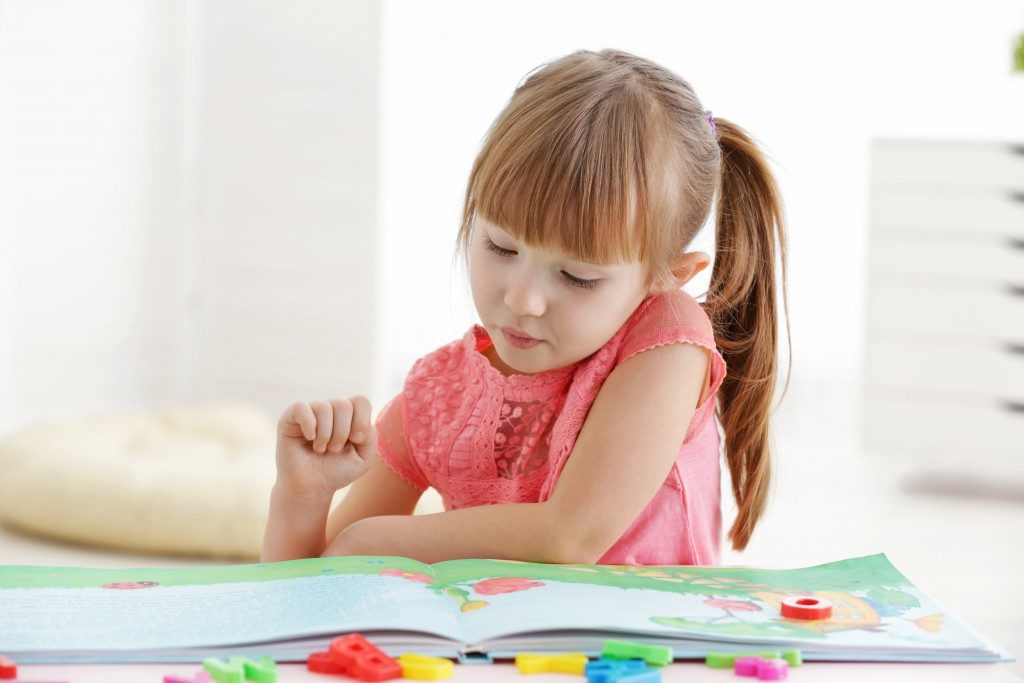The preschool and grade school years (ages 3-8) are very important stages for kids’ development. These are the formative years when kids build the foundations of basics like reading, writing, and social skills.
This is also the time when teachers need all the help they can get when assisting students in developing their reading and writing capabilities, as these children can have short attention spans.
An effective way of teaching kids basic reading and writing is by combining lessons with play, making the process fun and irresistible for them to join. A study by UNICEF emphasizes the importance of play, and how it helps children to learn.
Here are a few suggestions for fun learning activities you can use in the classroom.
1. Letter Scavenger Hunt
To begin this activity, children must pair up. One of the students chooses a letter, then his or her partner must find an item in the room that starts with that letter. The rest of the class can write down the word of what was found, then talk about the item.
2. Words of Favorites
Students take turns in picking and sharing words of their favorite food, toys, colors, pets or activities. The class can spell the word together and write it down, and maybe even draw and color a couple of these favorite things, then talk about each item.
3. Caption This
The teacher can take random pictures of things in the classroom, like some students making faces, or the teacher can take a funny selfie. The subject of the photo can simply be posing, using funny props or making funny faces. After that, the teacher can show the picture and the class talks about it. Finally, the teacher asks the students what words they can put to tell a story, then help them make a funny meme using the picture.
4. Create a Class Children’s Book
After a few reading and writing activities, the teacher can ask the class to write a book together. This children’s book project can be done as a class, or by dividing the group into two if they so desire. The kids can put to a vote what they want to write about, what pictures and words to put into the book, which kids will help with the writing, and who will do the illustrations.
This can be a yearly project for each new batch of preschoolers, and these books can be passed on and read to succeeding classes.
5. Make Tongue-Twisters
This lesson is done by first introducing the kids to tongue-twisters. The teacher teaches classic tongue-twisters, then have the class read it aloud as fast as they can. Next, the teacher asks the kids to make their own. Should the process prove difficult, you can use this as a guide.
The lesson starts with one child who’ll be randomly selected to pick a word.
The other kids will then add words that sound like the first word, then proceed until they get about 5 words. These words can then be strung together by the teacher, to create an original tongue-twister. Each kid is then asked to recite the new tongue-twister as fast as possible, then do it as a class.
Final notes

young students is both important and oftentimes challenging. But with the help of the internet, the teaching profession now benefits from a vast library of online resources.
One trick to teaching young kids is to make sure the lesson is fun, as kids their age are preoccupied only with play — it’s like a job to them. By making your lessons seem like a game, you keep their young minds engaged and interested, and without them knowing it, they actually absorb the lesson.

